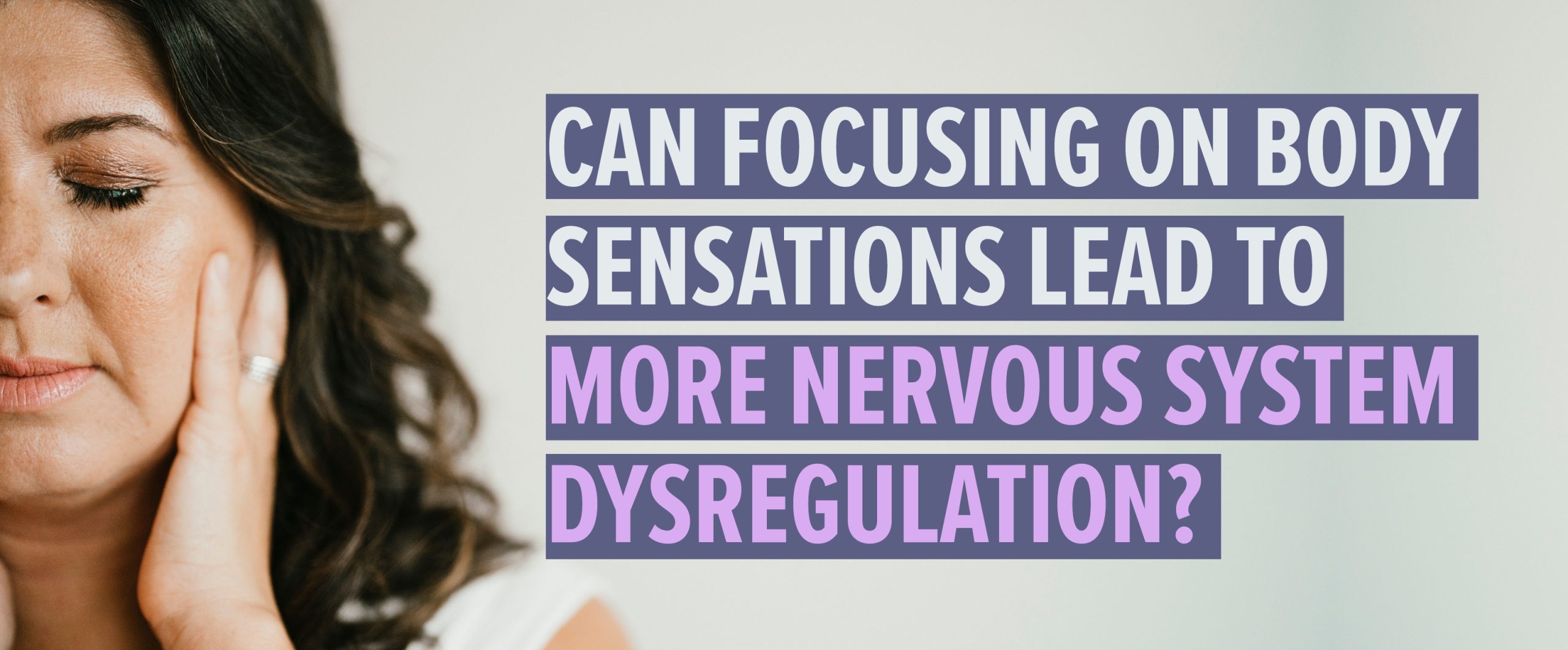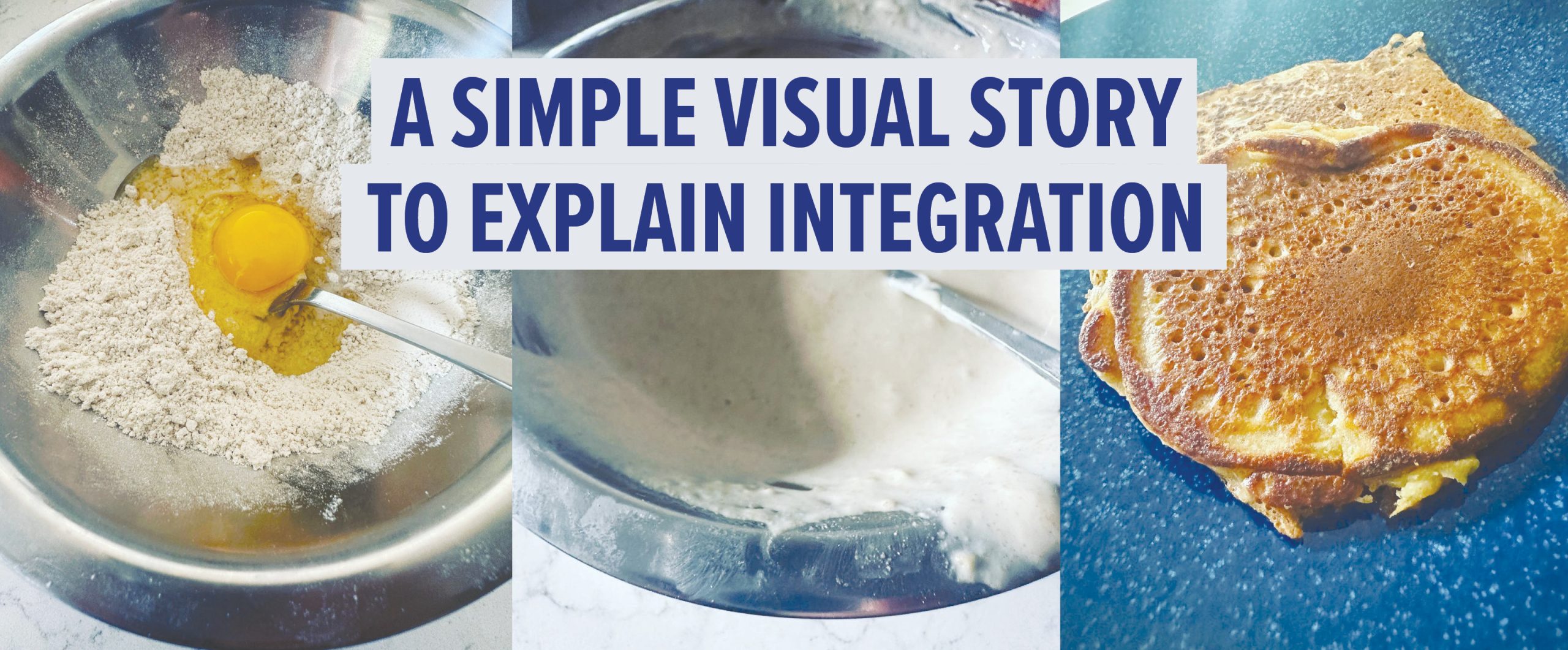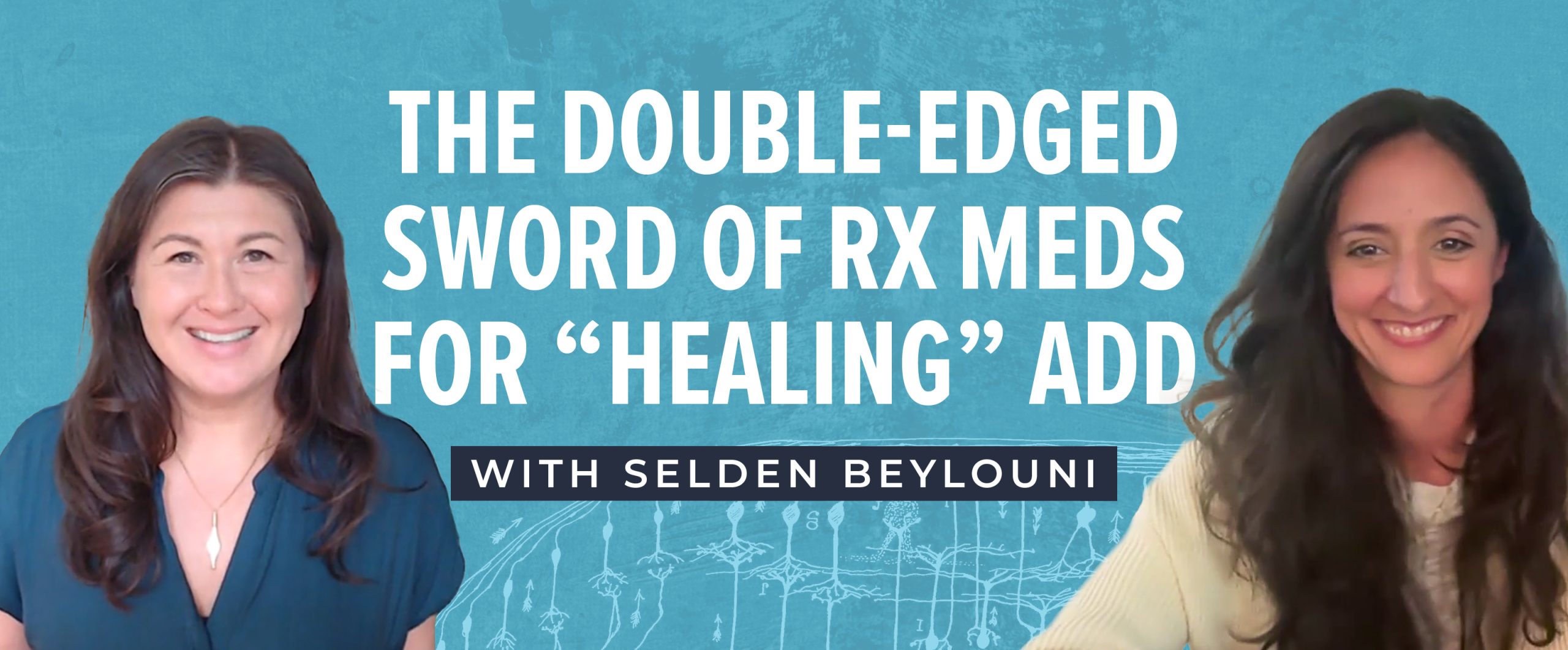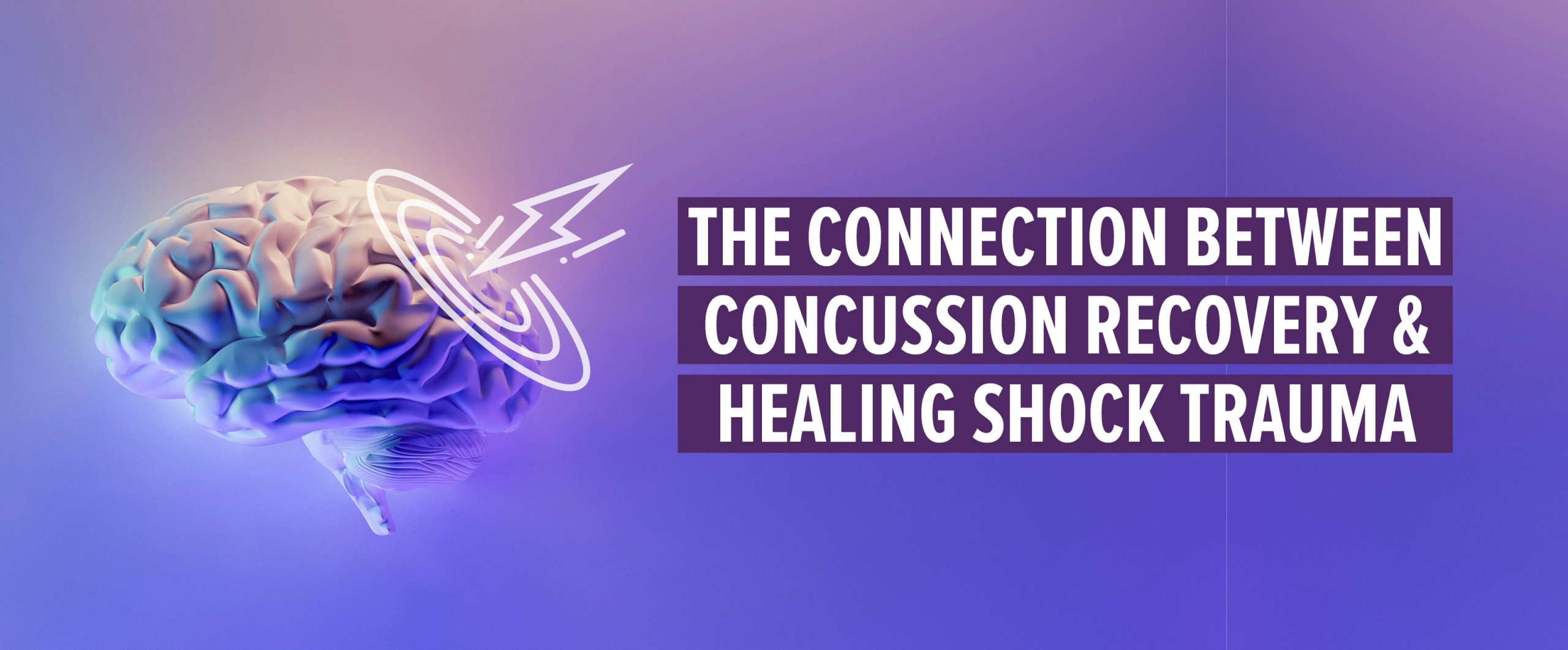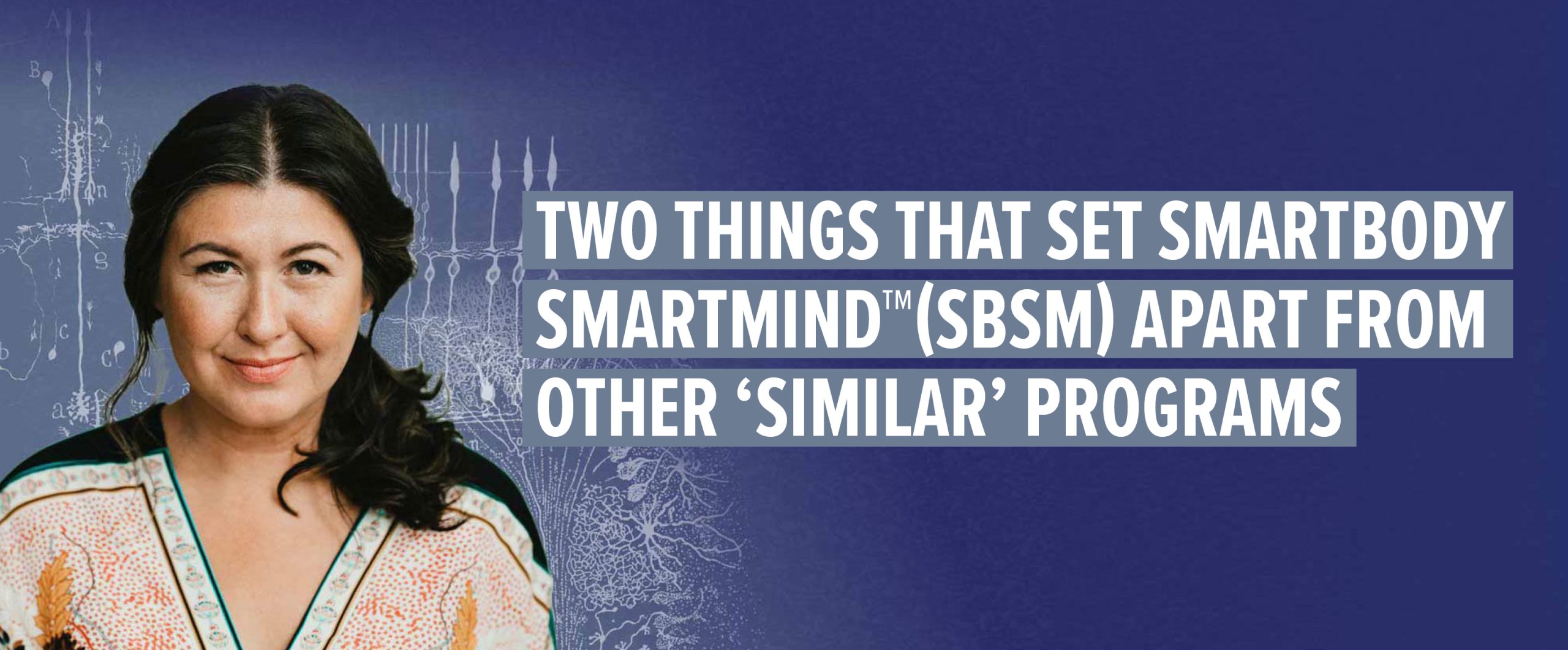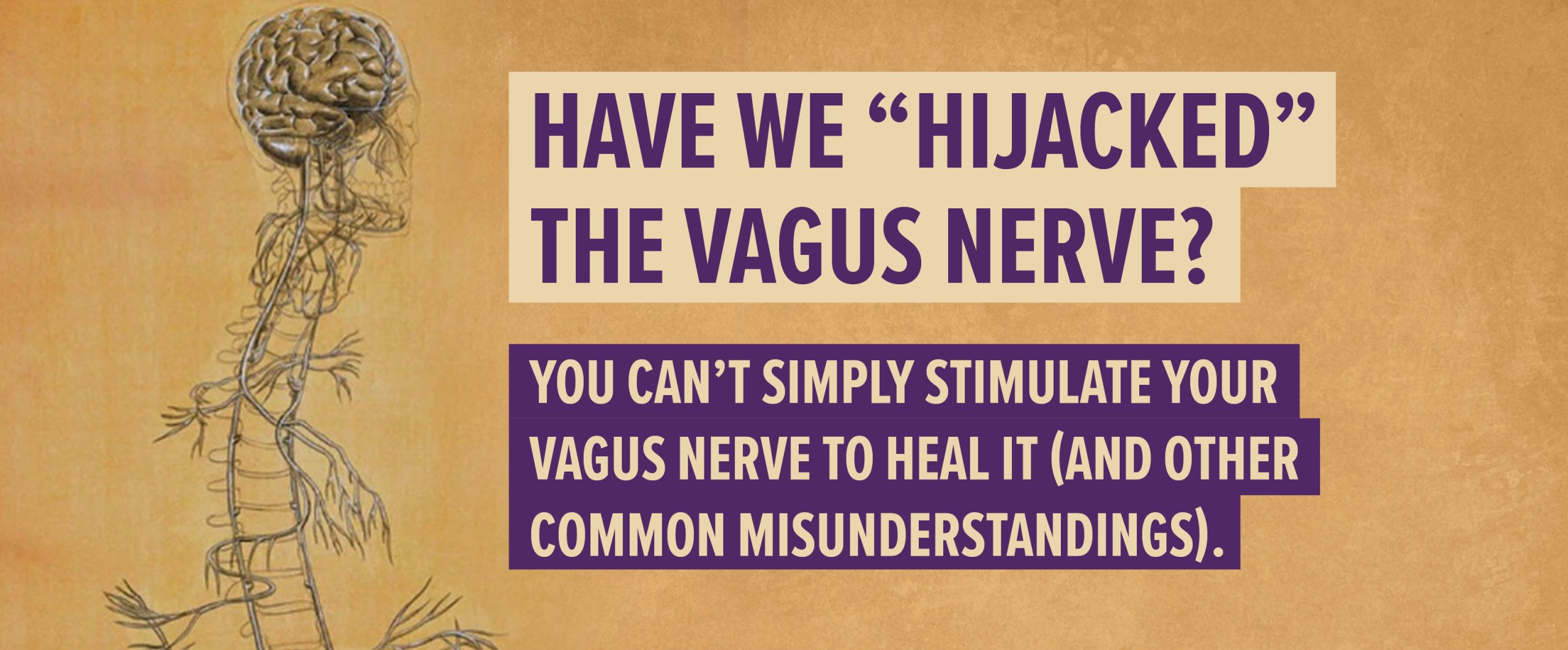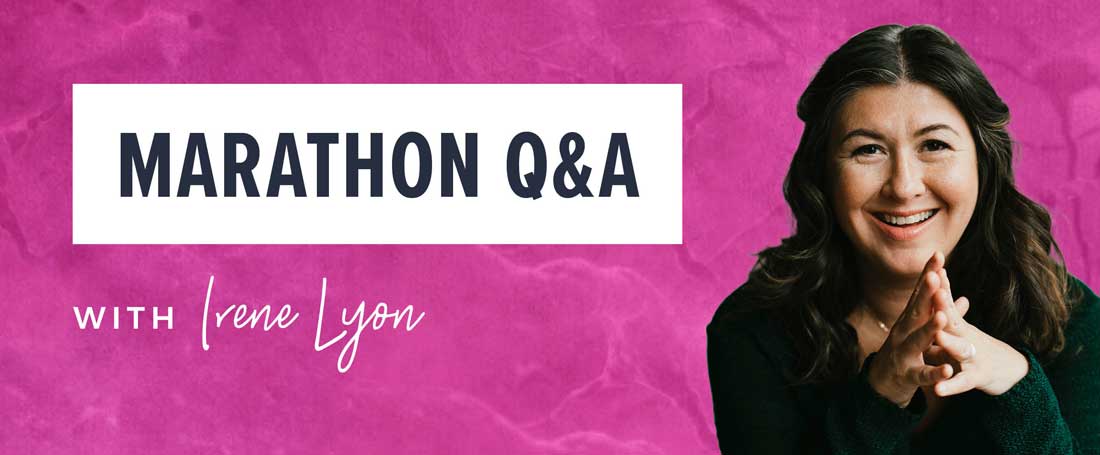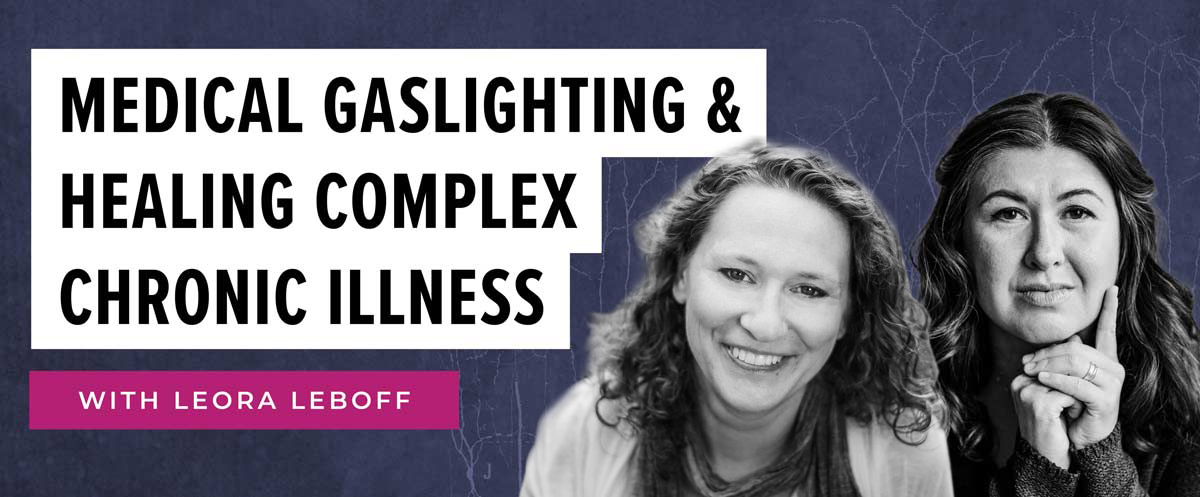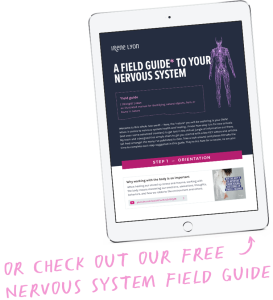Two absolute truths when it comes to choosing your nervous system teacher, plus some key differentiating factors that I believe set my 12-week nervous system rewire curriculum, aka: SmartBody SmartMind (SBSM)™ apart from other online nervous system courses:
Absolute truth #1: Who is the teacher?
One thing that is important is that you find yourself drawn to the teacher and the way in which they teach, present, and guide (this is why I have audio samplers, shorter practical exercises, and video trainings via my Free Resource Centre for folks to try out. If you haven’t yet, start there!).
Credentials are also important. So, in considering SBSM, comparing credentials between myself and other program founders is key. I talk about this in this vlog I did a while back:
The other thing is personal work. Is the teacher doing their own work and evolving their own health and nervous system capacity? Can you see their systems shifting over the years in which you see them online? I have videos on my YouTube channel that speak to these journeys, one of which is more recent, here.
Absolute truth #2: What are they offering?
For the uniqueness of my online offerings, especially SBSM, this is what our students have reported to be different:
2.1- Deeper education of the nervous system physiology:
Especially around the vagus nerve, and how our peripheral nervous system’s (PNS) quality of function helps improve our digestion, movement, cardiovascular system, plus all the other systems this PNS ennervates. What I teach to my students is exactly what I have learned studying with the masters of this work (Peter Levine, work of Moshe Feldenkrais, and also two pioneers who have really put on the map how to work with early pre-verbal trauma, Kathy Kain, Stephen Terrell). I also bring in my knowledge studying exercise science and biomedical science into the mix.
2.2- Working with the stress organs:
This means working with the early trauma patterns of fight, flight, and freeze that are deeply wired in the tissues, layers, and viscera of the person. When there is early and developmental trauma we’d consider this pre-verbal trauma, it is not enough to do externally based practice (like say tapping, resourcing, or even orienting which is something I teach), we must get into the deep somatic imprints that are at the cellular level. So this is where the term “somatic” is getting over-used right now — many translate ‘somatic’ to purely moving the body, but from the original source materials of my teachers, somatic means a much deeper quality of “how do we feel safety in ourselves, at our visceral, tissue, cellular level.”
2.3- The importance of movement re-programming (via Feldenkraisian Principles):
I’d say that the practice and principles of Feldenkrais’ work is another big factor of what sets apart my online work with others in the field, in that I am also teaching how to shift our patterns of thinking, preparing, acting, and listening to our habits via movement. This is one of the toughest things to describe because it can only be fully understood when FELT, and often it takes weeks, months, or even years to gain this level of understanding and awareness (just like it takes months and years for a new human to learn how to fully move and be self-regulated).
2.4- Support from qualified folks who are also trained and experienced at the highest level:
While I am the one offering the teachings and outline of the curriculum, I also have a team of nine trained professionals who are answering questions and coaching people within the program. They also host special topic lectures and provide supplemental teaching (mainly in SBSM).
2.5- Management vs. Regulation:
My interest is helping folks restore FULL nervous system regulation which in turn creates greater healing and health at all levels of the body. This is what we should have gotten as infants, but many did not. Many other systems I see (and this is confirmed by many of our students) only teach how to manage and cope with the dysregulation, or they teach how to re-route the activations and freeze responses, or create a state shift in the physiology via sensory exercises. While these practices serve a purpose, my students will report that it still leaves them dependent on these resources and not regulated fully. This vlog explains more:
6 – Teaching that is founded in the 5 Stages of Neuroplastic Healing Sequencing:
I’ve done several articles and videos on this concept, adapted from Norman Doidge’s book, The Brain’s Way of Healing, which demonstrates the need to sequentially practice and build up foundations within the body systems. Because when we sequence our healing in this way, we set the stage for natural trauma release to happen… and in time, for full nervous system regulation to ensue.
THIS is what real, stick-to-your-cells healing is all about!
Find out more about SmartBody SmartMind (SBSM), get on the waitlist, or sign up (during open registration periods) here.


